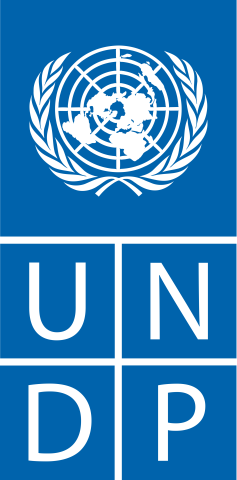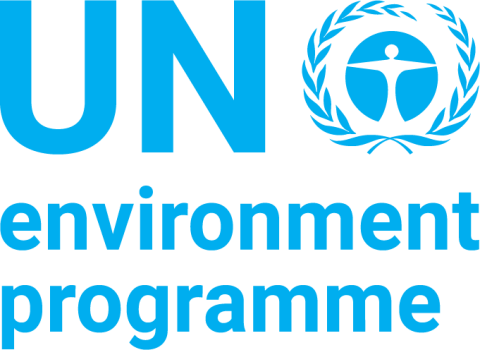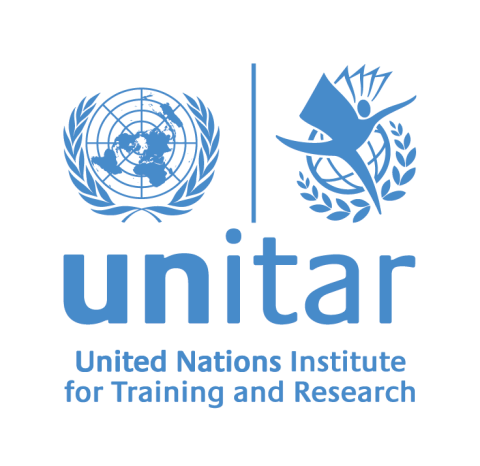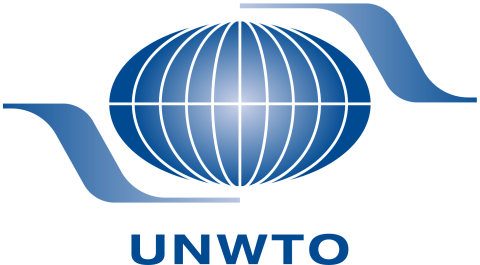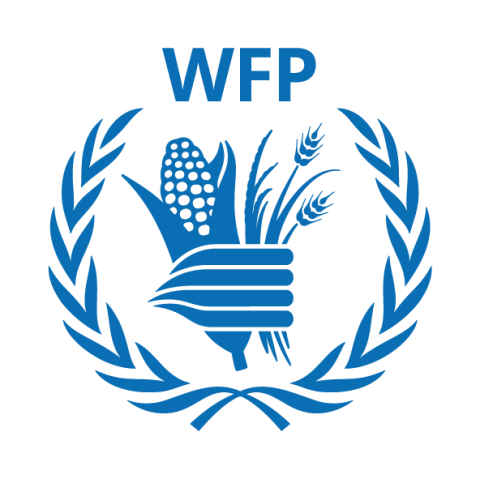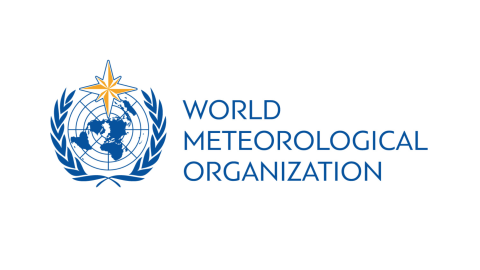
Fil d'Ariane
- Cette page a été traduite à l'aide de la traduction automatique. Lire la suite.
Saviez-vous...
Les objectifs environnementaux à l’horizon 2030 sont définis dans plusieurs des 17 Objectifs de Développement Durable :
- Objectif 13 , lutter contre les changements climatiques
- Objectif 14 : préserver les océans, les mers et les ressources marines
- Objectif 15 , protéger et restaurer les écosystèmes terrestres
- Objectif 7 : garantir l’accès de tous à des sources d’énergie propres, fiables et abordables, ainsi qu’à des sources d’eau potable
- Objectif 12 , développer des habitudes et des normes de production et de consommation plus durables.
2023...
L’année 2018 a été riche d’espoirs pour l’environnement, les États étant parvenus à des accords sur plusieurs points clés :
Réduire la pollution
Genève est le siège de plusieurs conventions environnementales internationales, notamment les conventions de Bâle, de Rotterdam et de Stockholm, qui traitent respectivement des déchets dangereux, des produits chimiques et pesticides et des polluants organiques. En outre, la Convention de Minamata attire l'attention sur la menace des émissions de mercure. Elles ont toutes pour objectif commun de protéger la santé humaine et l'environnement des produits résiduels dangereux.
Les Secrétariats de ces conventions organisent des réunions avec les États membres pour suivre les progrès et aborder les nouveaux développements dans leurs domaines respectifs. En outre, ils aident les États à traduire leurs engagements en actions au niveau national. Par exemple, le personnel du Secrétariat peut fournir un soutien technique et une formation pour aider les gouvernements à rédiger une nouvelle législation sur les matières dangereuses.
Exemple 1 : Lutter contre les déchets plastiques dans le cadre de la Convention de Bâle
La Convention de Bâle est actuellement le seul accord international couvrant les déchets plastiques et leur transport transfrontalier . Sous son égide, un Partenariat sur les déchets plastiques a été fondé pour réunir les gouvernements, les entreprises et la société civile afin de réduire les déchets plastiques et de trouver de nouvelles façons de recycler les déchets existants.
Un projet pilote, mené par le Secrétariat de la Convention de Bâle, s’est attaqué au problème des filets de pêche en plastique au Ghana, souvent abandonnés par leurs propriétaires, polluant les mers, tuant les poissons et menaçant les moyens de subsistance des communautés locales. Le projet a invité les membres de la communauté à collecter et à rapporter les filets en plastique en échange d’une petite somme. Les filets ont ensuite été recyclés en textiles ou en d’autres produits du quotidien.

Exemple 2 : Des normes de beauté dangereuses en cours de révision : la Convention de Minamata
Un exemple du travail de la Convention de Minamata est une campagne de sensibilisation utilisant des slogans tels que : « Le véritable rayonnement vient de l’intérieur, pas du mercure » ou « La luminosité n’est pas dans votre peau, la luminosité fait partie de ce que vous êtes ».
De nombreux produits éclaircissants contiennent du mercure, qui peut provoquer de l’anxiété et de la dépression, endommager la peau, le système nerveux et immunitaire. Le PNUE et la Convention de Minamata sensibilisent les gens pour tenter de surmonter les normes de beauté racistes qui poussent les personnes de couleur à utiliser ces produits. Ce sujet a également été abordé lors de la dernière Conférence des Parties à la Convention, en octobre 2023.
Protéger les espèces, restaurer les ressources naturelles
Le large éventail d'accords multilatéraux sur l'environnement sous l'égide du Programme des Nations Unies pour l'environnement couvre plusieurs conventions sur la conservation des espèces végétales et animales et la protection d'écosystèmes entiers. Deux de ces conventions ont leur secrétariat à Genève :
La Convention sur le commerce international des espèces de faune et de flore sauvages menacées d'extinction (CITES) encadre le commerce international des espèces de faune et de flore sauvages menacées d'extinction afin d'assurer leur survie. Compte tenu de l'immense valeur des produits animaux rares tels que les dents de tigre ou l'ivoire, mais aussi les plantes, les bois ou les herbes médicinales, des lois fortes doivent être mises en place pour en contenir le commerce. À cet égard, la CITES protège plus de 40 000 espèces de plantes et d'animaux. Les États signataires de la Convention doivent traduire son contenu en droit national et restreindre le commerce légal et, par conséquent, illégal de biens naturels.
La Convention de Téhéran (sur la protection de la mer Caspienne et de son environnement marin) est un accord régional entre les cinq États riverains de la mer Caspienne : l'Azerbaïdjan, l'Iran, le Kazakhstan, la Fédération de Russie et le Turkménistan. La mer Caspienne est le plus grand lac du monde et abrite de nombreuses espèces que l'on ne trouve que dans cette région. La Convention de Téhéran vise à protéger ces espèces et leur habitat et à prévenir la pollution de l'environnement marin.
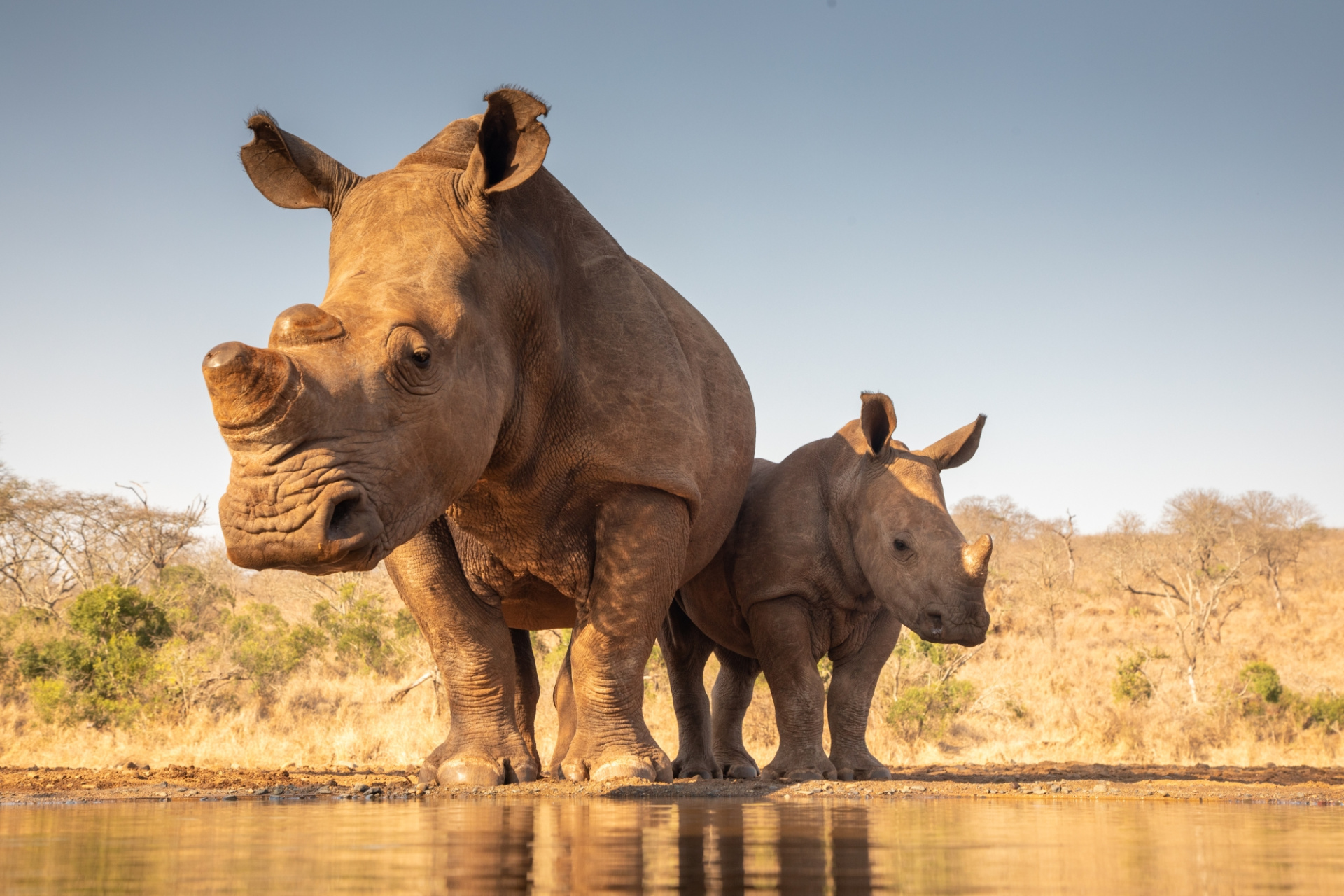
Faire face aux effets du réchauffement climatique
La protection de l’environnement dans toutes ses dimensions est l’une des principales missions de l’ONU pour cette décennie et celles à venir. Mais il incombe également à l’Organisation de protéger les populations les plus touchées par le changement climatique et la dégradation de l’environnement, et de leur fournir les outils nécessaires pour se protéger. Les catastrophes liées au climat ont presque doublé par rapport aux vingt dernières années. Sécheresses, inondations, incendies de forêt et autres catastrophes enferment les populations dans la pauvreté, leur arrachant leurs maisons, leurs champs, leurs récoltes et tout ce qu’elles ont construit au fil des ans. Le Bureau des Nations Unies pour la réduction des risques de catastrophe (UNDRR) aide les pays, les villes et les communautés à développer des mécanismes qui leur permettent de mieux résister à ces menaces environnementales, par exemple en mettant au point des systèmes d’alerte précoce qui alertent la population avant qu’une catastrophe ne survienne ; en construisant des maisons dans des endroits sûrs ; ou en aidant les gouvernements à élaborer et à appliquer de meilleurs codes de construction, réduisant ainsi le risque que les habitations s’effondrent en cas de catastrophe.
Recherche et formation
L' Organisation météorologique mondiale (OMM) , basée à Genève, surveille l'évolution des indicateurs météorologiques, climatiques, hydrologiques et environnementaux à l'échelle mondiale grâce à une multitude d'observatoires et à des recherches approfondies sur le climat. Le bureau travaille avec les gouvernements aux niveaux national et local pour identifier les sources de problèmes tels que les émissions élevées de gaz à effet de serre ou la mauvaise qualité de l'air.
Fruit d'une collaboration entre l'OMM et le Programme des Nations Unies pour l'environnement, le Groupe d'experts intergouvernemental sur l'évolution du climat (GIEC) fournit aux gouvernements des informations scientifiques sur le changement climatique. Les experts du GIEC analysent les recherches existantes et élaborent des scénarios futurs, qui servent de base aux gouvernements pour ajuster leurs politiques climatiques.
L' Institut des Nations Unies pour la formation et la recherche (UNITAR) propose une multitude de programmes de formation axés sur la conservation et la restauration de l'environnement, par exemple dans les missions de maintien de la paix, et plus largement sur le développement durable.
Organisations œuvrant pour la protection de l'environnement
Le Groupe de la Banque mondiale est une institution financière internationale dont la mission est de mettre fin à l’extrême pauvreté et de favoriser le partage de la prospérité sur une planète vivable. Il intervient dans tous les grands domaines du développement et propose un large éventail de [...]
Le PNUD est le principal organisme des Nations Unies qui lutte contre l'injustice de la pauvreté, les inégalités et le changement climatique. Travaillant avec un vaste réseau d'experts et de partenaires dans 170 pays, nous aidons les pays à développer des solutions intégrées et durables pour les [...]
Le Bureau des Nations Unies pour la réduction des risques de catastrophe (UNDRR) travaille à la réduction substantielle des risques de catastrophe et des pertes pour assurer un avenir durable. L'UNDRR (anciennement connu sous le nom d'UNISDR) est le point focal du système des Nations Unies pour la [...]
Le Programme des Nations Unies pour l'environnement (PNUE) est l'autorité mondiale qui définit l'agenda environnemental, promeut la mise en œuvre cohérente de la dimension environnementale du développement durable au sein du système des Nations Unies et fait autorité en tant que défenseur de l [...]
En tant qu'organe du système des Nations Unies dédié à la formation, l'Institut des Nations Unies pour la formation et la recherche (UNITAR) fournit des solutions d'apprentissage innovantes aux individus, aux organisations et aux institutions afin d'améliorer la prise de décision au niveau mondial [...]
L'Office des Nations Unies contre la drogue et le crime (ONUDC) a pour mandat de rendre le monde plus sûr face aux drogues, au crime organisé, à la corruption et au terrorisme. L'organisation s'engage à assurer la santé, la sécurité et la justice pour tous en s'attaquant à ces menaces et en [...]
L'UNOPS aide l'ONU et ses partenaires à fournir des solutions en matière de paix et de sécurité, d'aide humanitaire et de développement. Leur mission est d'aider les gens à bâtir une vie meilleure et les pays à parvenir à la paix et au développement durable.
Ils sont axés sur la mise en œuvre [...]
La présence de l'OMT à Genève a le potentiel d'accroître considérablement l'impact positif du tourisme en tant que moteur de développement. Dans le cadre des travaux du Bureau de liaison de l'OMT à Genève (GVLO) visant à représenter l'OMT auprès du système des Nations Unies et des missions [...]
Le Programme alimentaire mondial est la première organisation humanitaire au monde. Il sauve des vies dans les situations d’urgence et utilise l’assistance alimentaire pour ouvrir une voie vers la paix, la stabilité et la prospérité au profit de ceux qui se relèvent d’un conflit, d’une catastrophe [...]
L'Organisation météorologique mondiale (OMM) est une agence spécialisée des Nations Unies. C'est la voix autorisée du système des Nations Unies sur l'état et le comportement de l'atmosphère terrestre, son interaction avec les océans, le climat qu'elle produit et la répartition des ressources en eau [...]


